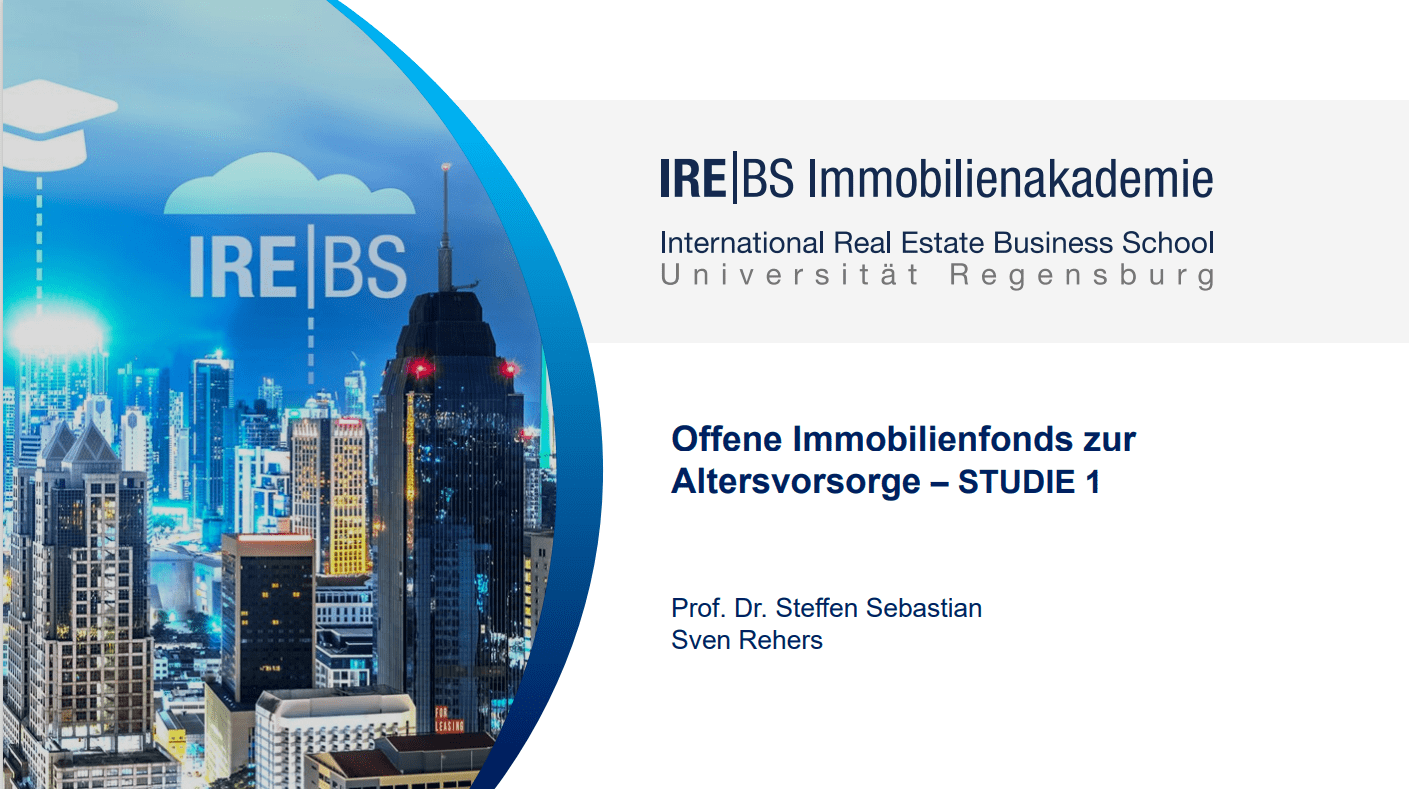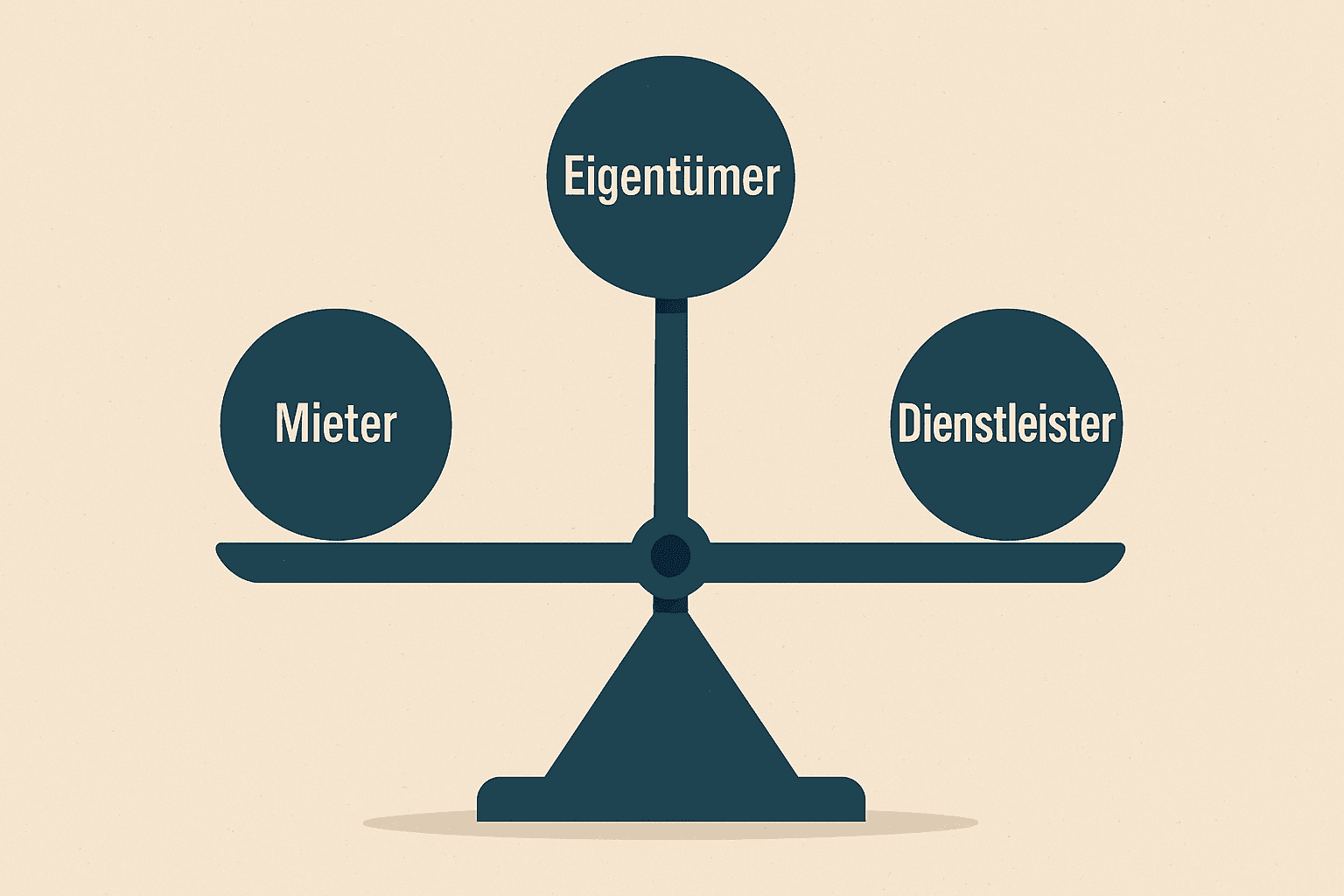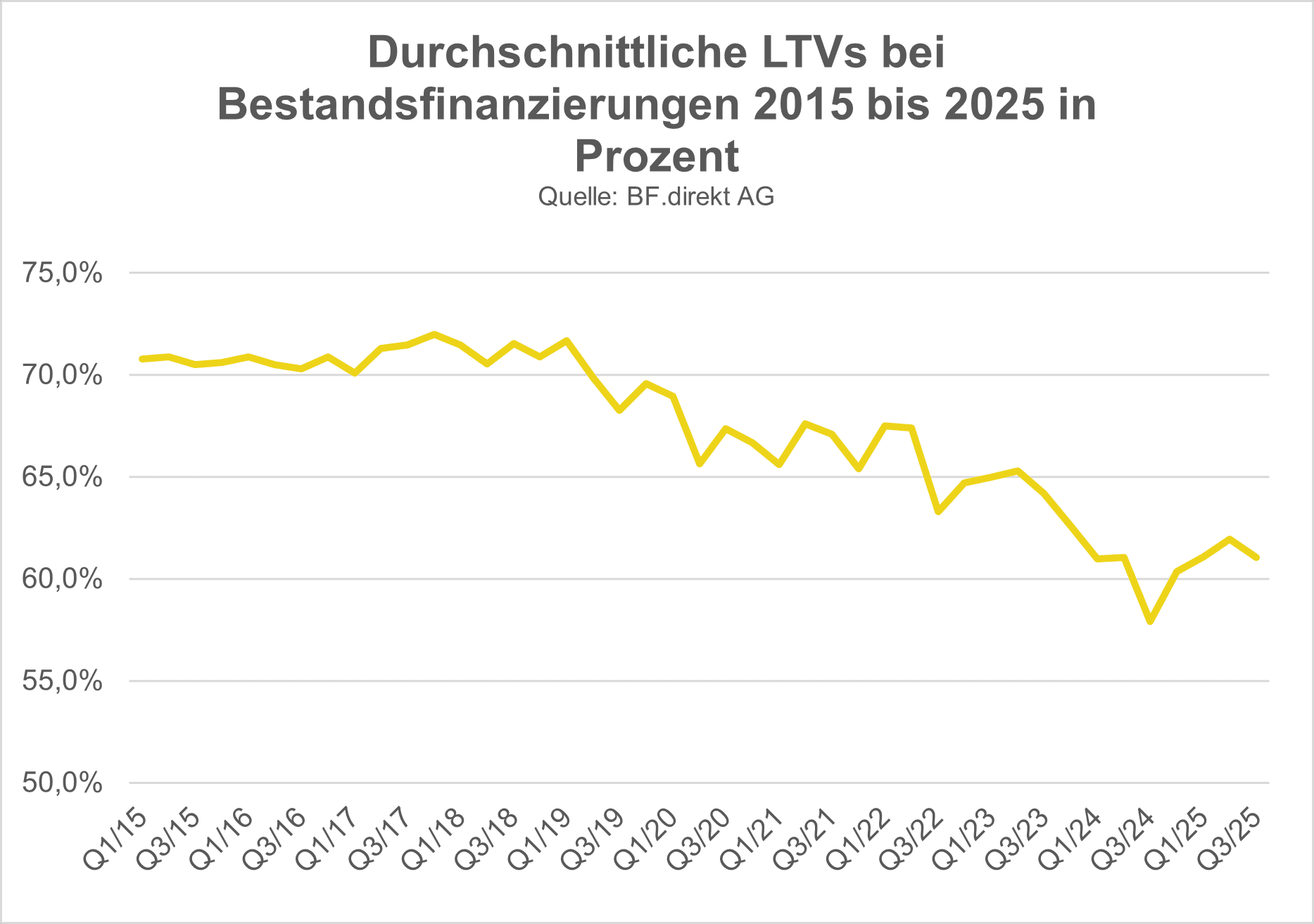Open-ended real estate funds are currently being viewed critically by the press and consumer advocates. Above all, the ongoing net outflows of almost all funds are the subject of discussion. With a fund volume under management of around EUR 118 billion (as of the end of June 2025), German open-ended real estate mutual funds represent by far the largest form of indirect real estate investment. Against this background, a group of researchers from the International Real Estate Business School (IREBS) at the University of Regensburg has been commissioned by Union Investment to investigate both the causes of the inflows and outflows of investor money and the importance of open-ended real estate funds in a structured pension portfolio. For the first time, internal data from six open-ended real estate funds for private and institutional investors could also be examined. The data was provided by Union Investment.
Diversification across multiple funds improves shock absorption
If there are macroeconomic changes, such as interest rate hikes, open-ended real estate funds react differently. “The funds react inconsistently to changes in macroeconomic factors. This is understandable, as the properties in the funds are distributed differently geographically. Therefore, diversification across several funds makes sense, because it can improve shock absorption in the portfolio,” says Tobias Just, Professor of Real Estate Economics at the University of Regensburg, Managing Director and Scientific Director of the IREBS Real Estate Academy and one of the authors of the study.
The institutional funds also run ahead of the mutual funds. In the event of macroeconomic shocks, inflows and outflows from institutional funds react more quickly. The movements there can therefore tend to be used as an early indicator for private investors, according to the study.
In addition, the study analysed a multi-asset portfolio of equities, bonds and open-ended real estate funds in the period from 2004 to 2025. As a result, open-ended real estate funds have better risk characteristics in the long term than all other asset classes and are therefore an important component in a structured retirement portfolio.
Open-ended real estate funds have very good risk characteristics
According to the study, the probability of a loss for all asset classes decreases significantly with increasing holding period and tends towards zero in the long term. However, open-ended real estate funds reach this point the earliest and can thus ensure stability in the portfolio. In addition, only in the case of open-ended real estate funds does the average loss in the event of a loss approach zero as the holding period increases, while this value for shares and bonds initially rises slightly and then remains constant. In addition, the products have a very low correlation with equities and bonds during the period under review.
“In the past, open-ended real estate funds were safer than other asset classes according to several risk indicators. They are therefore – mathematically verifiable – an essential component of a long-term investment strategy. Short-term investments in open-ended real estate funds, on the other hand, are not profitable,” says Steffen Sebastian, Professor of Real Estate Finance at IREBS and co-author of the study.
“The open-ended real estate funds asset class has to adapt to the changed market environment, especially higher interest rates. We are responding to the current challenges with a clear operational focus. We are convinced of the product-inherent advantages of open-ended real estate funds, but the asset class is still regularly criticized in difficult market phases. Against this background, we have commissioned IREBS, an independent scientific authority that is highly recognised throughout Germany, to examine the characteristics of open-ended real estate funds,” says Dr Michael Bütter, Chairman of the Management Board of Union Investment Real Estate GmbH.
The study “Open-ended real estate funds as part of asset allocation and macroeconomic determinants of net flows” consists of two parts:
- Part 1 “Open-ended real estate funds for retirement provision” was prepared by Prof. Dr. Steffen Sebastian and Sven Rehers.
- Part 2 “Macroeconomic factors influencing inflows and outflows of funds in open-ended real estate funds” was developed by Prof. Dr. Tobias Just (FRICS), Hannah Salzberger and Leonie Müller-Judex.
























